Who knew a cute little potted plant could pack such life-changing power? Not only has research shown that indoor gardening can improve your mood and creativity while dialing down stress, but multiple studies have shown that plants can suck the toxins out of the room, helping to purify the air you and your family breathe every day.
Here's how it works: Plants absorb gases through the pores in their leaves, and microbes in their roots help covert them to the nutrients they need to grow. Most importantly, this is how plants convert the carbon dioxide humans breathe out into glucose and oxygen. But plants can also absorb a variety of the volatile organic compounds (VOCs) that are released from building materials, fabrics, cigarette smoke, paints, plastics, and more. These VOCs, including benzene, toluene, formaldehyde, and octane, have been shown to cause eye irritation, headaches, and nausea when levels get too high.While there’s some disagreement about how much plant life you actually need to see a significant difference, we can all agree that filling your home with sweet-smelling, smile-generating greenery is a great idea (though if you have pets or toddlers who put everything in their mouth, be sure to keep plants out of reach or choose ones with non-toxic leaves). One thing we do know is that the bigger and leafier the plant, the more toxins it can absorb. For maximum air-cleaning power, fill your home with a mix of the plants below, since different plants excel at removing different VOCs, according to research:
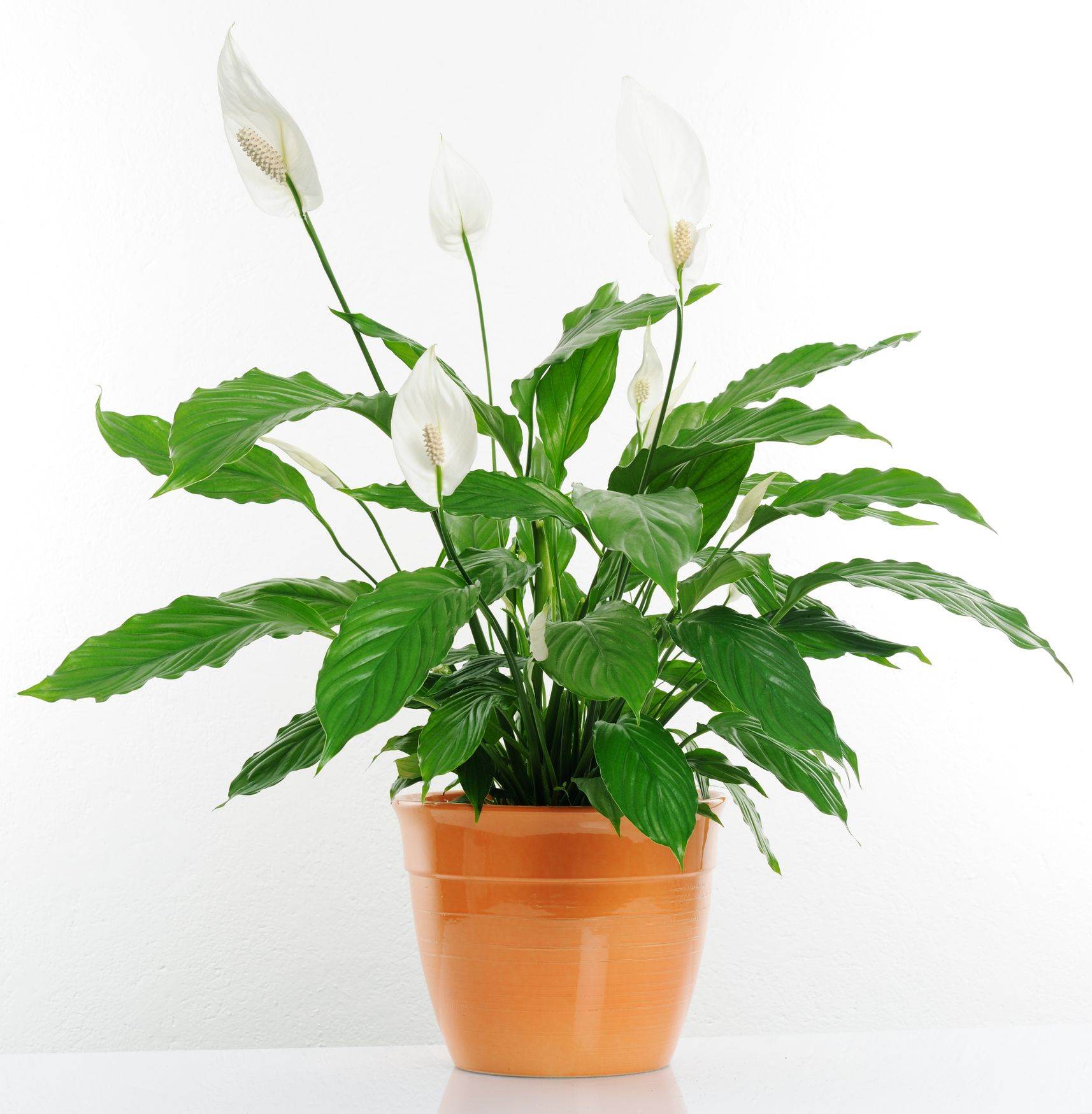
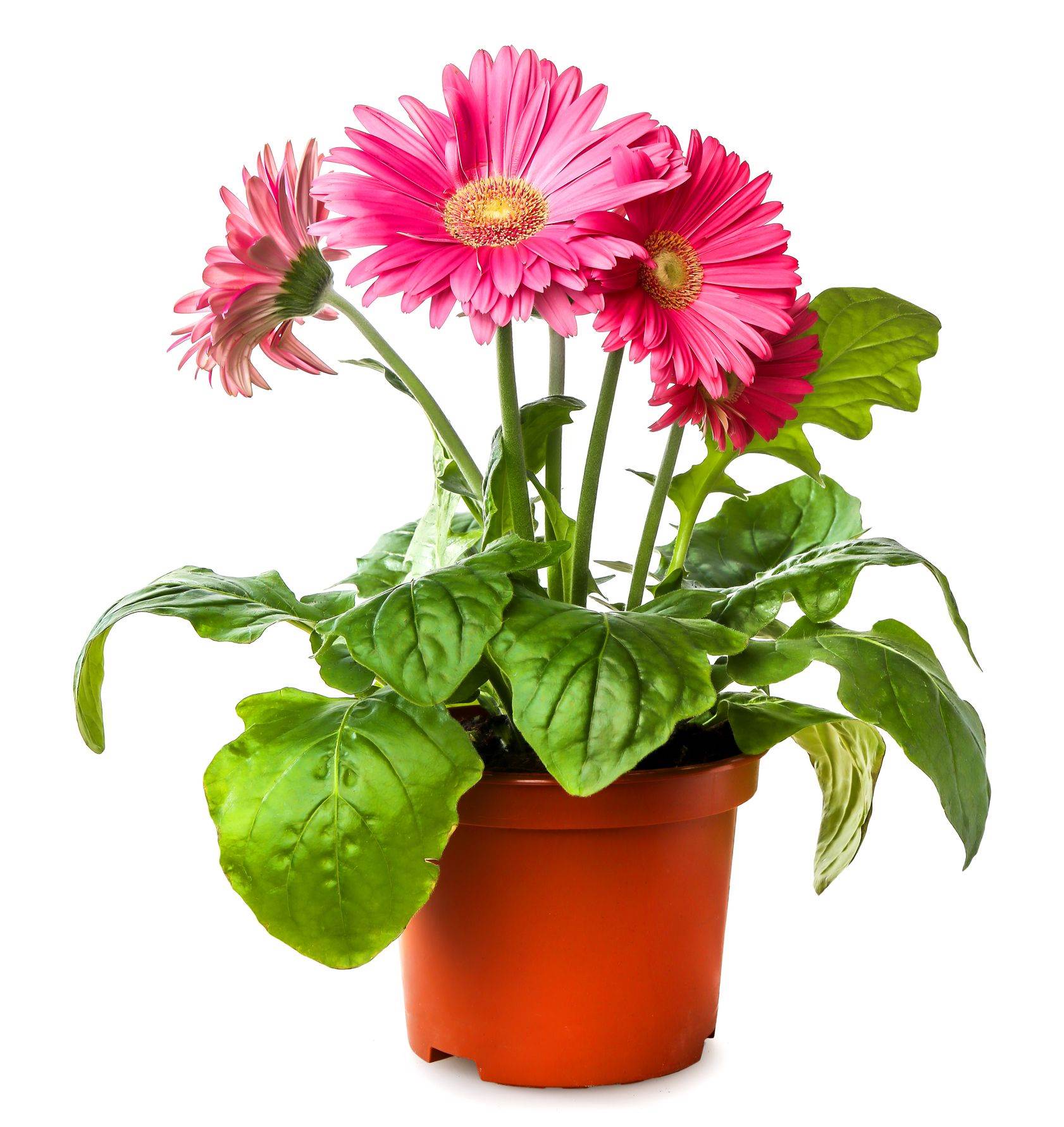
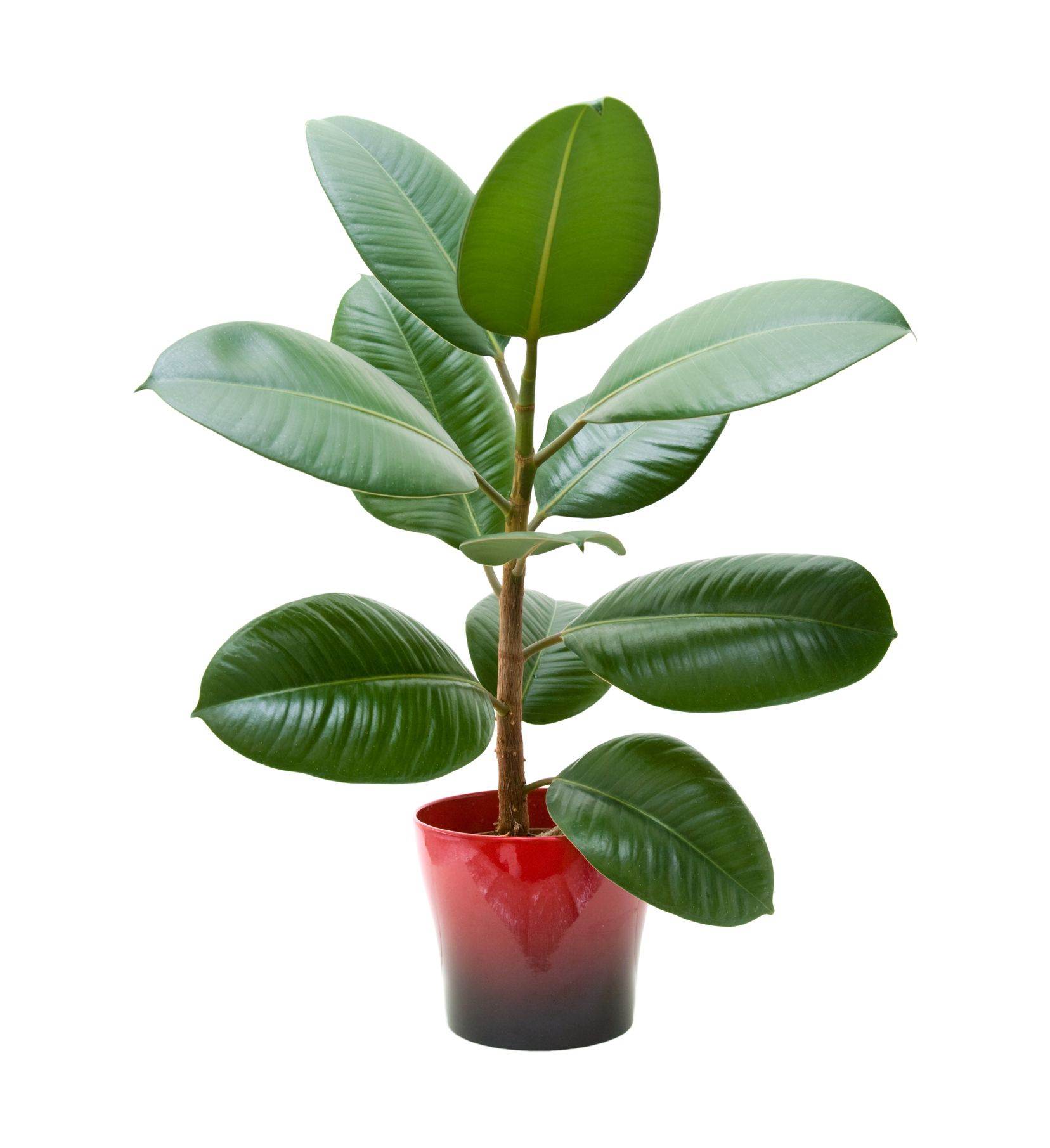

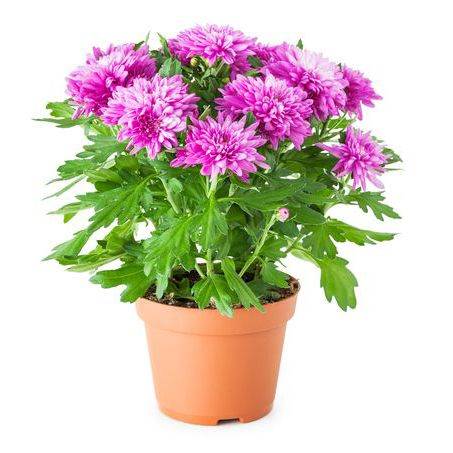
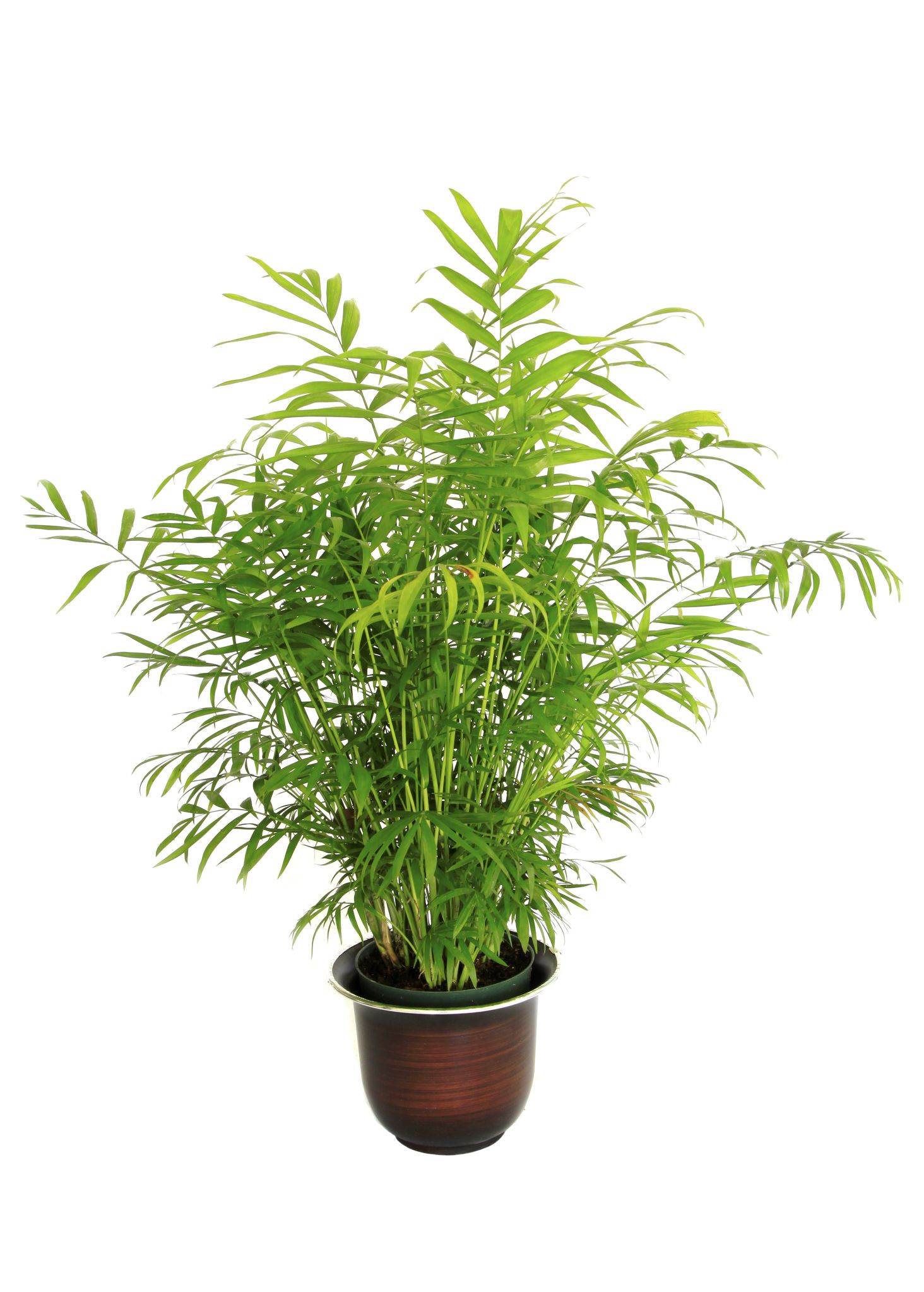
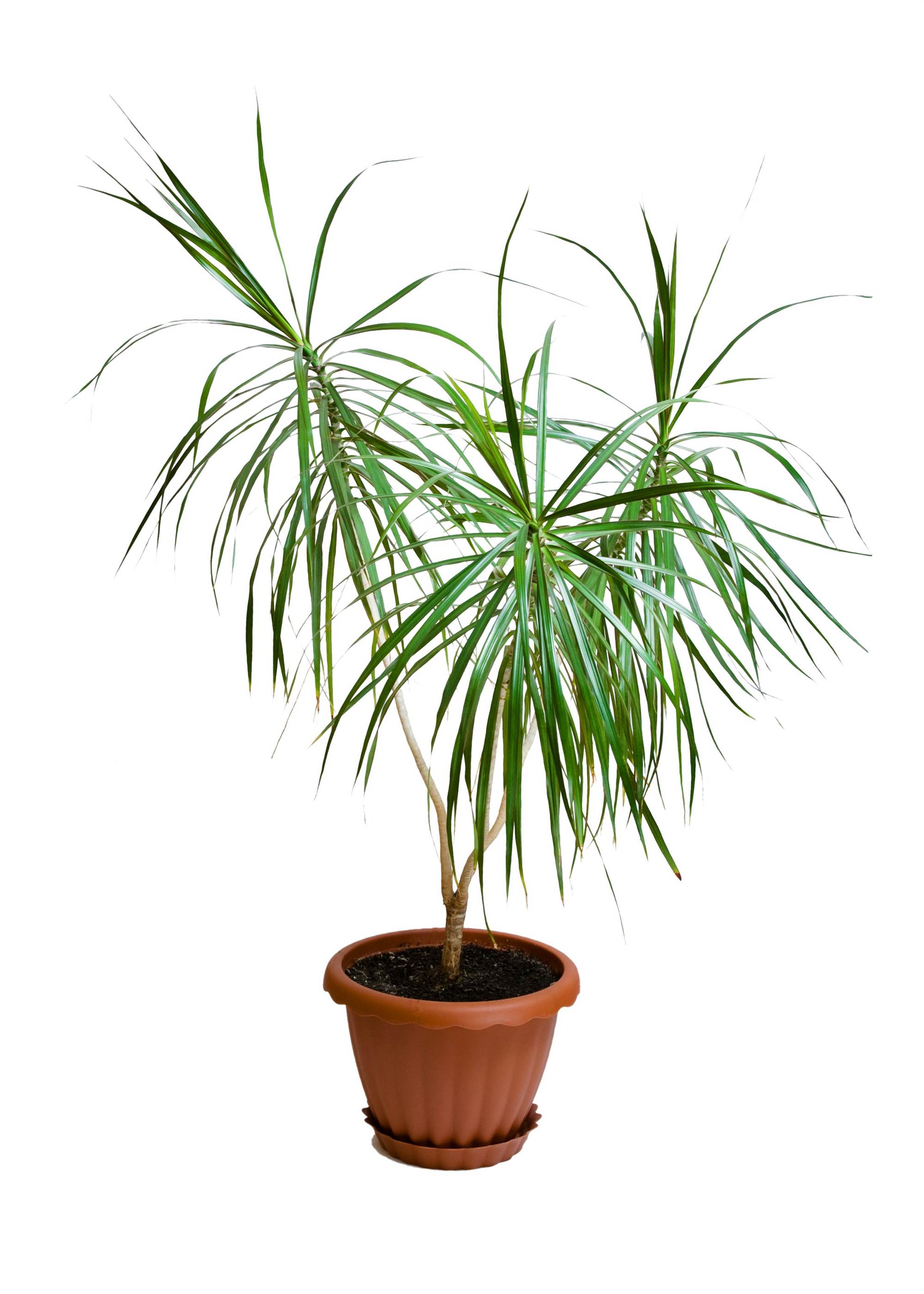
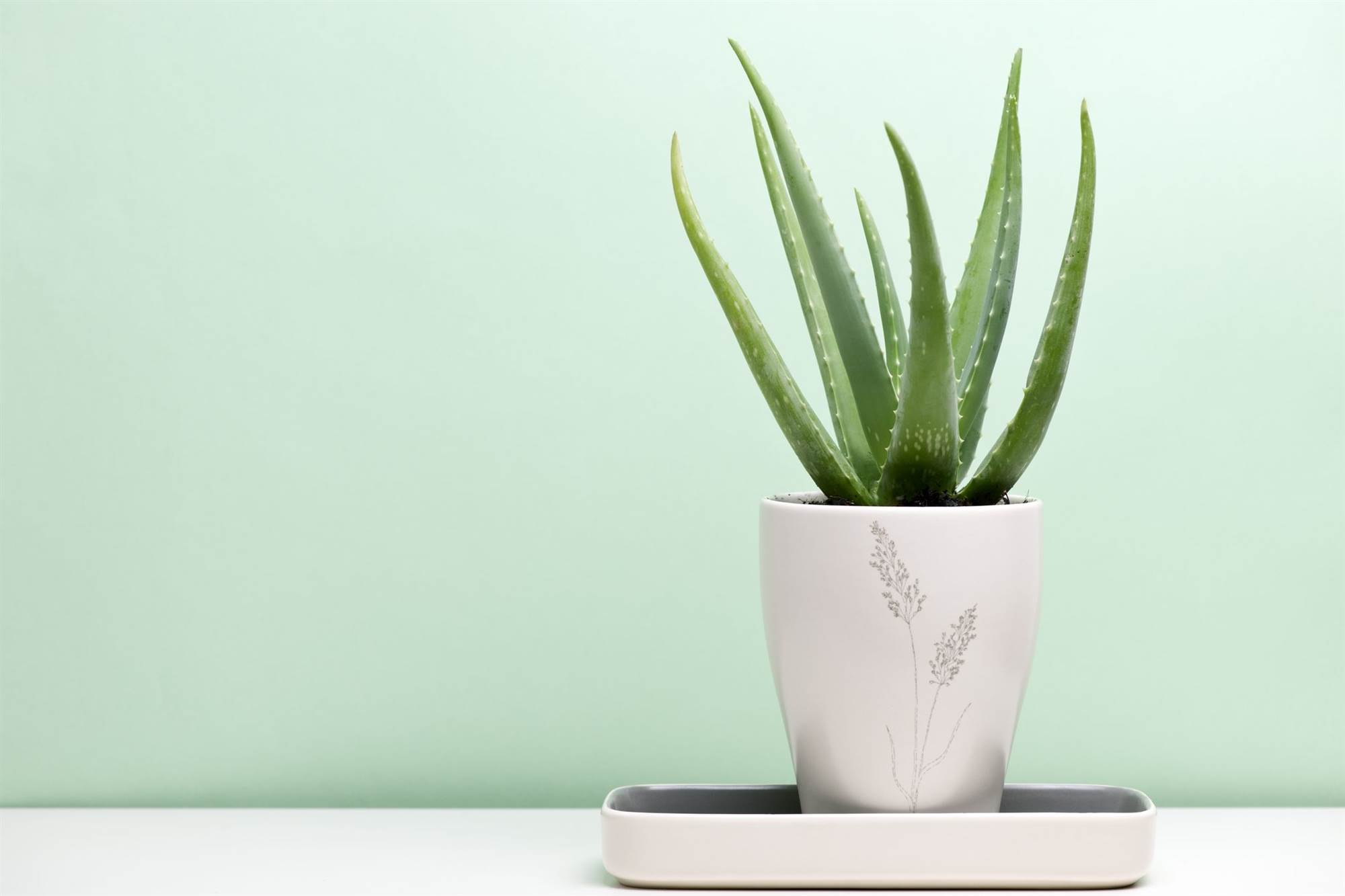


©Getty Images
1) Peace Lily
We can all use a little more peace in our lives, and this easy-to-care for beauty does just that, while removing a wide range of toxins from the air. One caveat: the plant can be harmful if gobbled up by children or pets, so keep it out of reach of anyone curious enough to take a bite.
©Getty Images
2) Gerbera
The pink, red, yellow, and orange flowers may look sweet and dainty, but they pack a lot of power - the gerbera daisy was one of the top performers in NASA's experiments with air-cleaning plants. It thrives in moderate indoor light, so try to find a spot that gets sunshine in the morning and shade in the afternoon.
©Getty Images
3) Rubber Plant
Perhaps best know from the "High Hopes" song—that little old ant really did move a rubber tree plant—this tall, sturdy specimen with thick, shiny leaves is especially talented at removing formaldehyde from the air. Keep away from pets.
©Getty Images
4) Snake Plant
Though it also goes by the mildly offensive name "mother-in-law's tongue," we prefer to call the Sansevieria Trifasciata Laurentii by its Slytherin-like name: snake plant. Even the blackest thumb can care for this hearty, air-cleaning plant.
©Getty Images
5) Potted Chrysanthemum
Though mums are primarily used as outdoor plants, with a little extra love they can thrive inside, where they'll remove benzine and ammonia from the air. Check the soil daily, adding water when the top inch is dry.
©Getty Images
6) Bamboo Palm
The bamboo palm doesn't need a lot of light, so this is a great choice for apartment dwellers or for adding a breath of fresh air to your office. Bonus: They're safe for pets.
©Getty Images
7) Marginata
Also known as a "dragon tree," the marginata is super-easy to care for, a perfect fit for a marginally involved gardeners without pets. One of the top air-purifiers in NASA's research, the marginata only needs to be watered every two weeks or so.
©Getty Images
8) Aloe Vera
The sun-loving aloe vera has several health benefits. Not only will the succulent filter your air, but the gel inside the leaves is a natural soother for cuts and burns.
©Getty Images
9) Asparagus Fern
Rated one of the top plants for air-purification in a recent University of Georgia study, this frizzy-haired plant is a fun addition to your home. Hang it in a basket or place in a pot in partial sun, and mist daily.
©Getty Images
10) Weeping Fig
Don't cry for this elegant ficus: Its lush, shiny leaves scored high for removing toluene and octane in the Georgia study. The plant takes well to the indoors, but doesn't like to be moved, so find a good spot and let it settle in.



.jpg&h=90&w=90&c=1&s=1)






